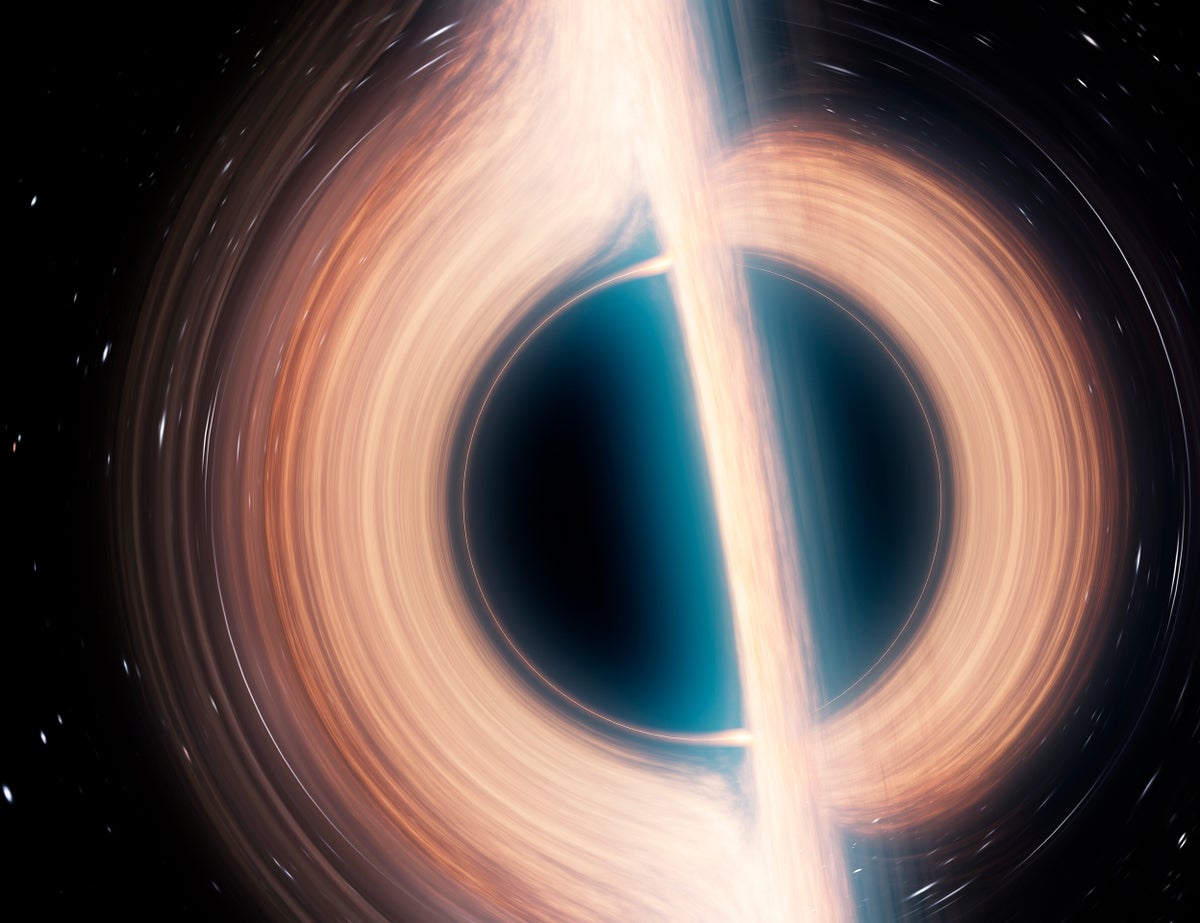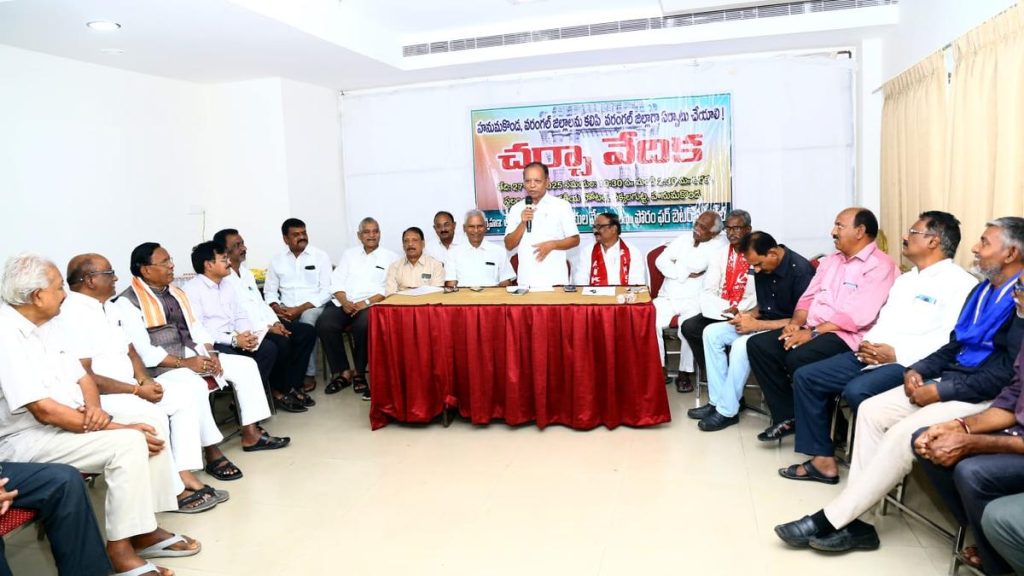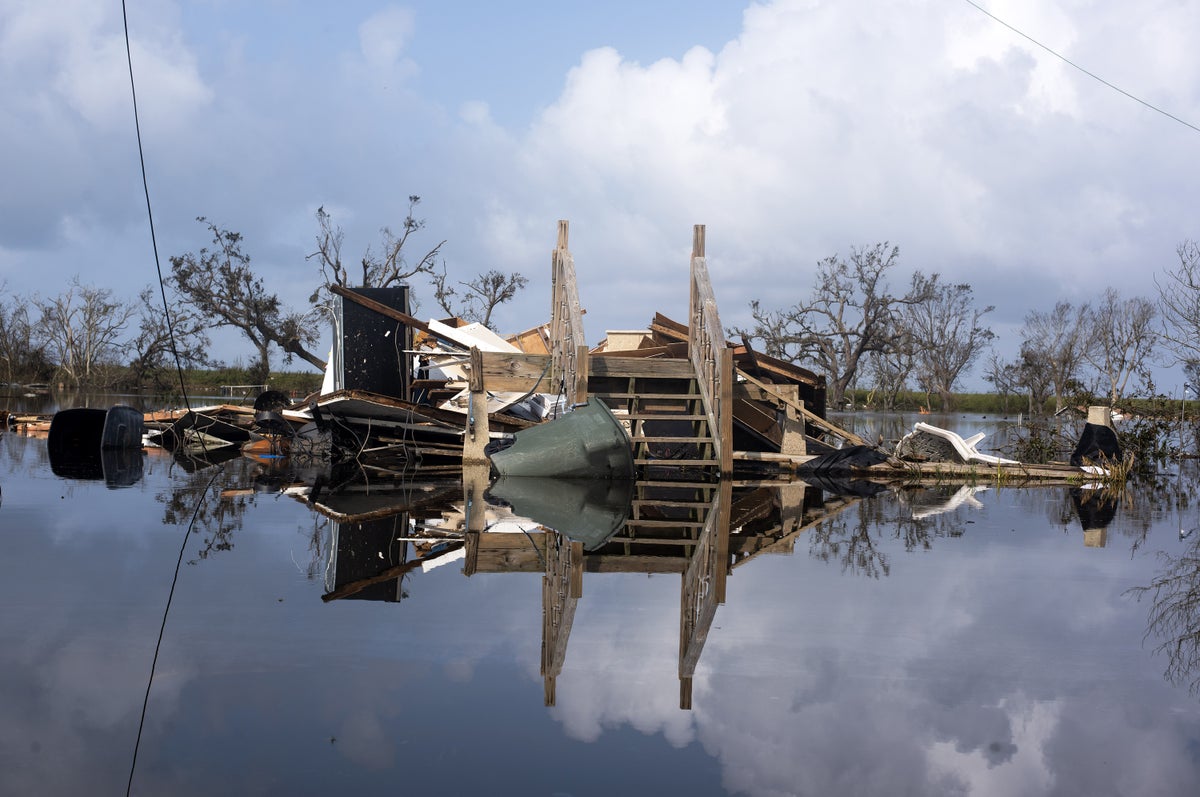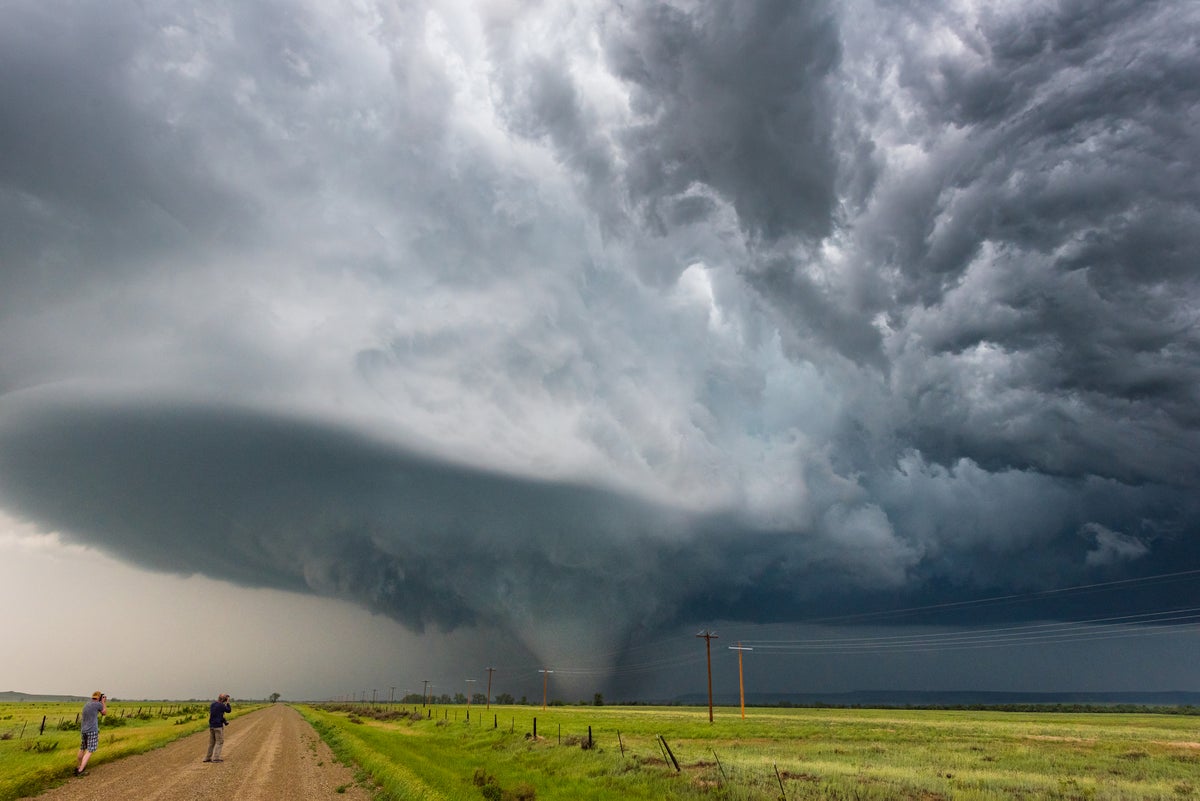Now Reading: Exploring the Science Behind a ‘Black Hole Bomb
1
-
01
Exploring the Science Behind a ‘Black Hole Bomb
Exploring the Science Behind a ‘Black Hole Bomb

Quick Summary
- Researchers led by Hendrik Ulbricht at the University of Southampton demonstrated the principle of superradiance in a laboratory using a rotating metal cylinder, an analog model to black holes. Their findings were submitted to arXiv.org in March 2023 but are not yet peer-reviewed.
- “Superradiance” refers to energy amplification phenomena associated with rotating objects,theorized initially for black holes and recently observed on smaller scales with metal cylinders.The experiment validated earlier predictions by physicists Yakov Zel’dovich and others about electromagnetic wave amplification under specific conditions.
- The setup included devices such as alternating current circuits acting as mirrors that amplified reflected electromagnetic radiation back toward the rotating cylinder, creating localized instability akin to a theoretical “black hole bomb.”
- Researchers achieved exponential voltage growth but noted challenges like system overloads causing disruptions during experimentation.
- Despite its dramatic name, this lab-produced “bomb” yields negligible energy levels (mere millijoules) and offers no practical weaponization potential.
- Further experiments explored superradiance in vacuum conditions, indirectly confirmed through observable thermal noise-generated electromagnetic signals. This reinforced predictions that rotational bodies could lose angular momentum, defusing instability over time.
- Experts like Vitor Cardoso suggest this lab model could help test theories tied to black holes as particle detectors for phenomena like dark matter or axion-like particles.
Indian Opinion Analysis
India’s significance in scientific research is highlighted through incidental mentions such as lectures involving superradiance delivered at Bangalore University when this breakthrough occurred globally-linking India indirectly with ongoing advancements aligning high-level theoretical concepts to real-world physics experiments that involve black hole phenomena analogs scaling manageable controllable mirrored laboratory.
Stay Informed With the Latest & Most Important News
Previous Post
Next Post
Loading Next Post...























